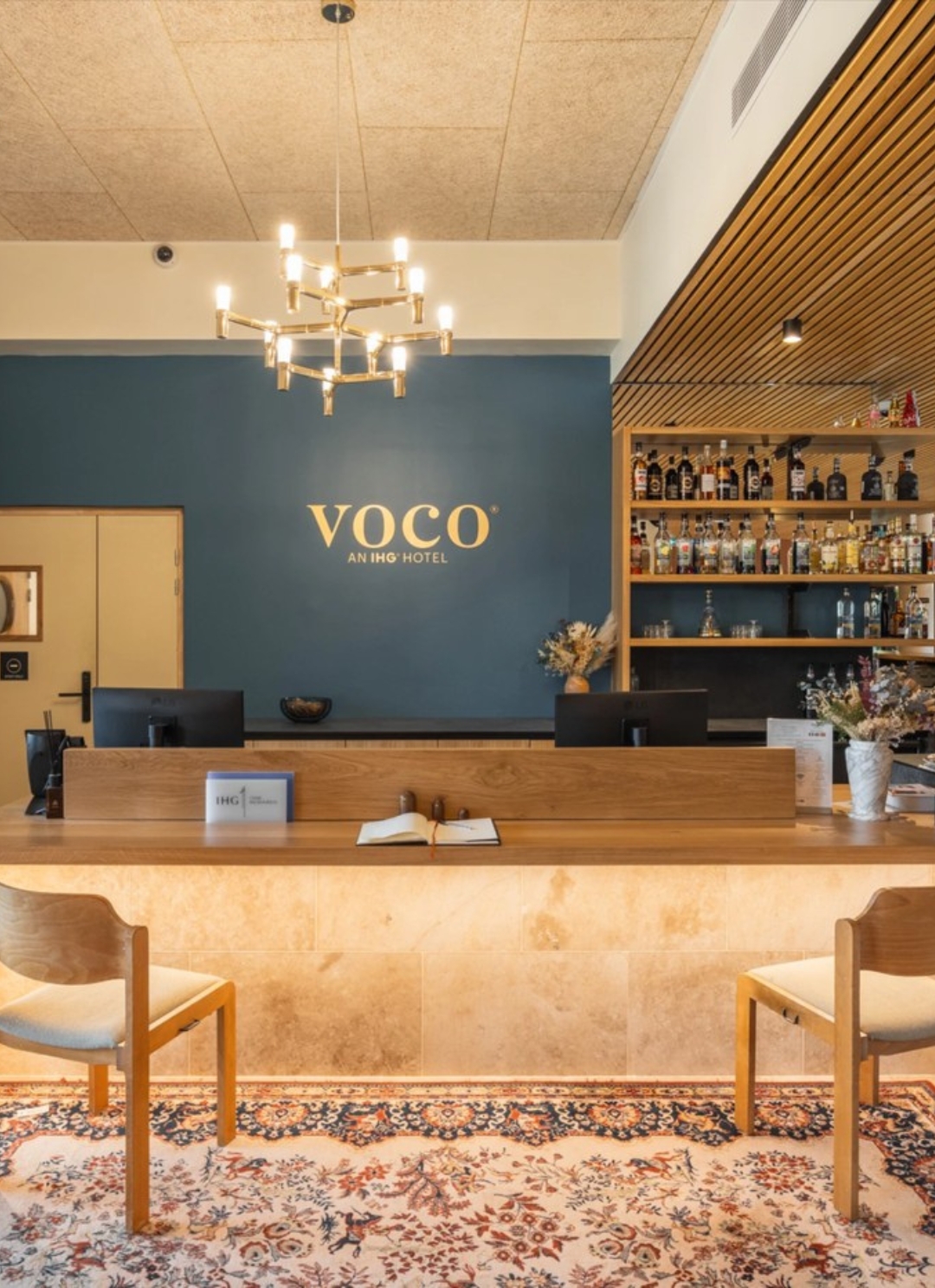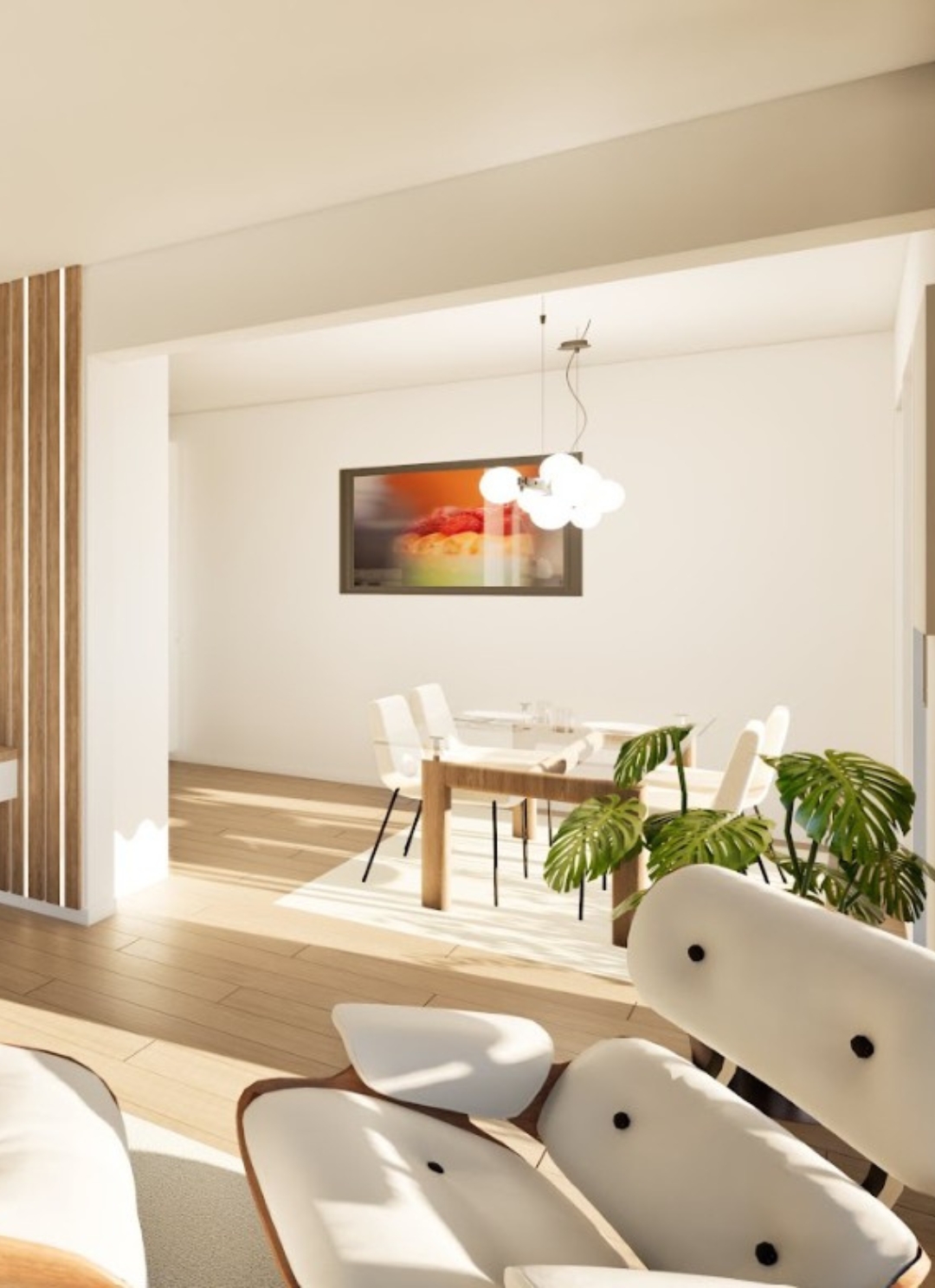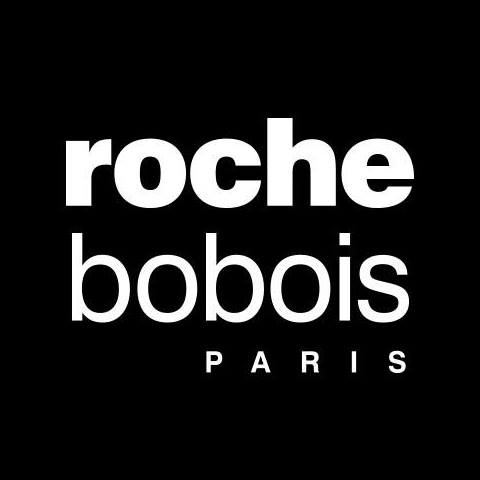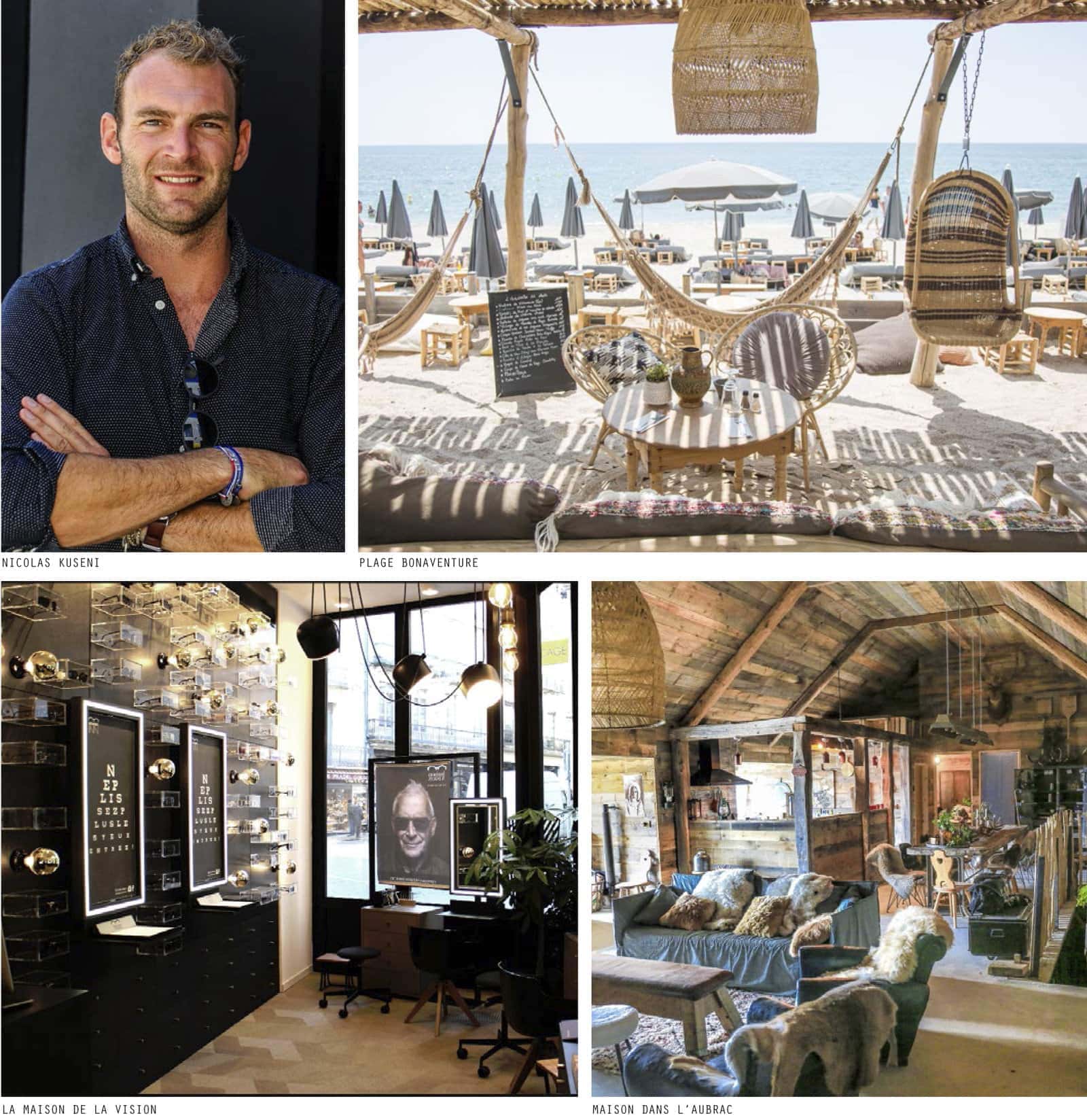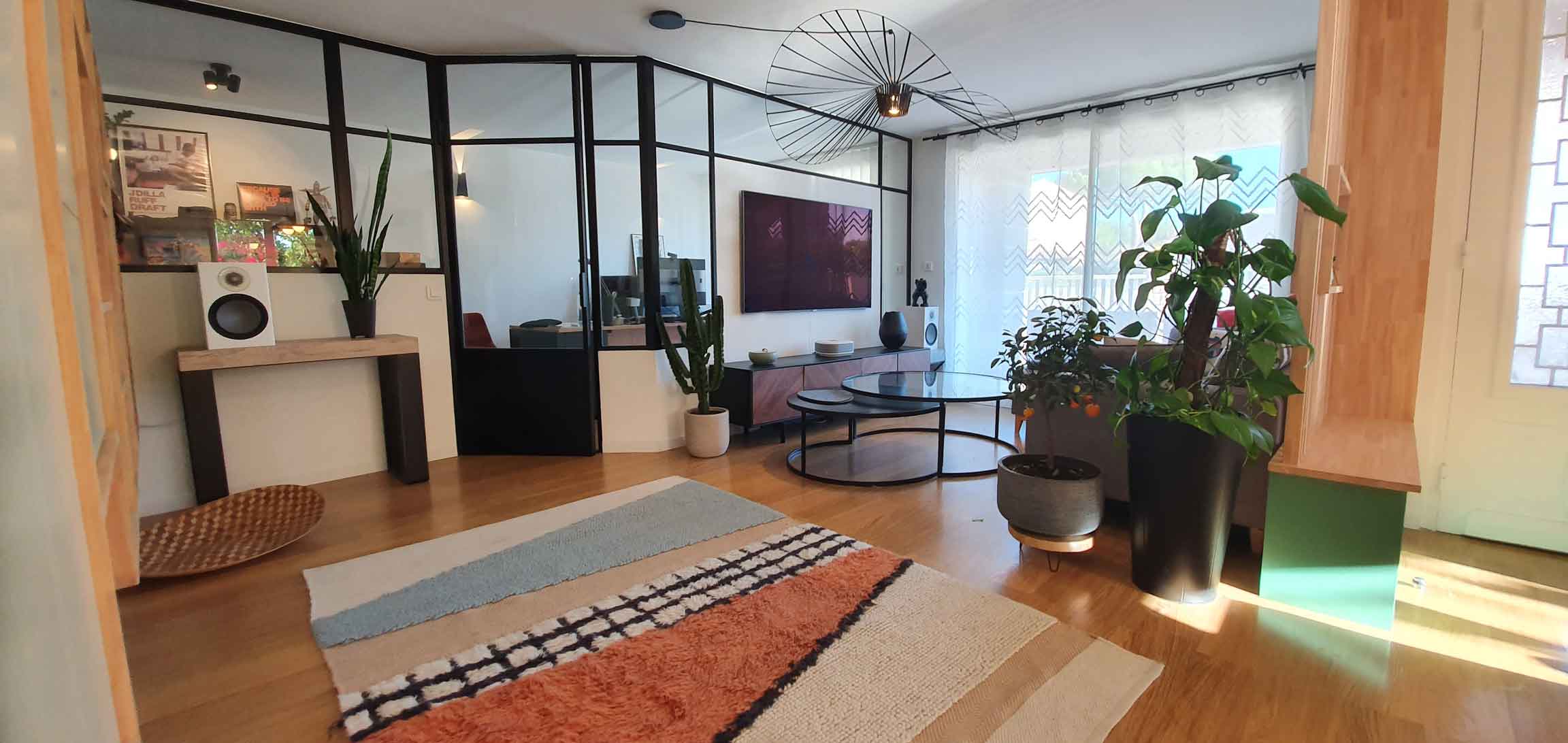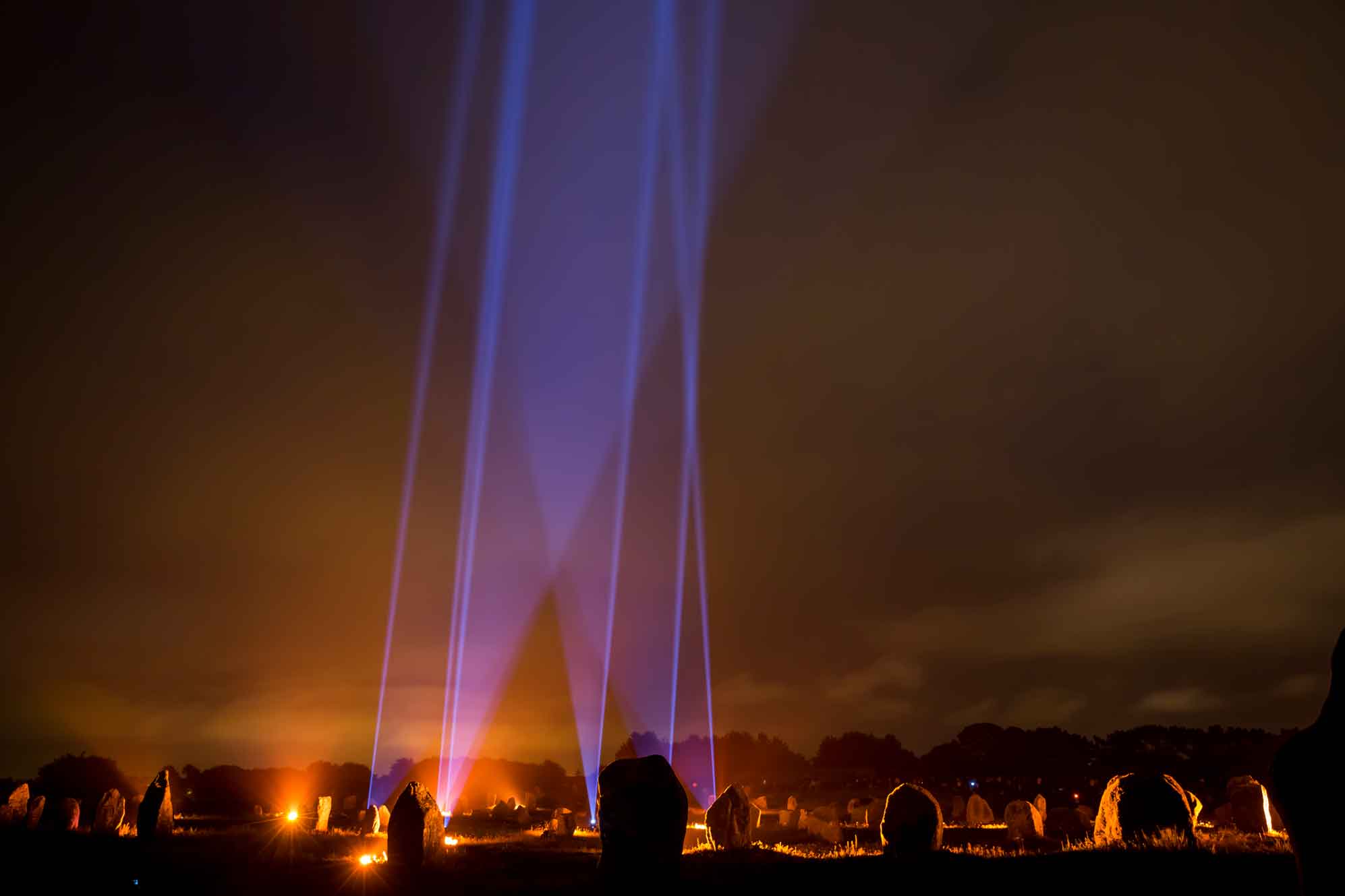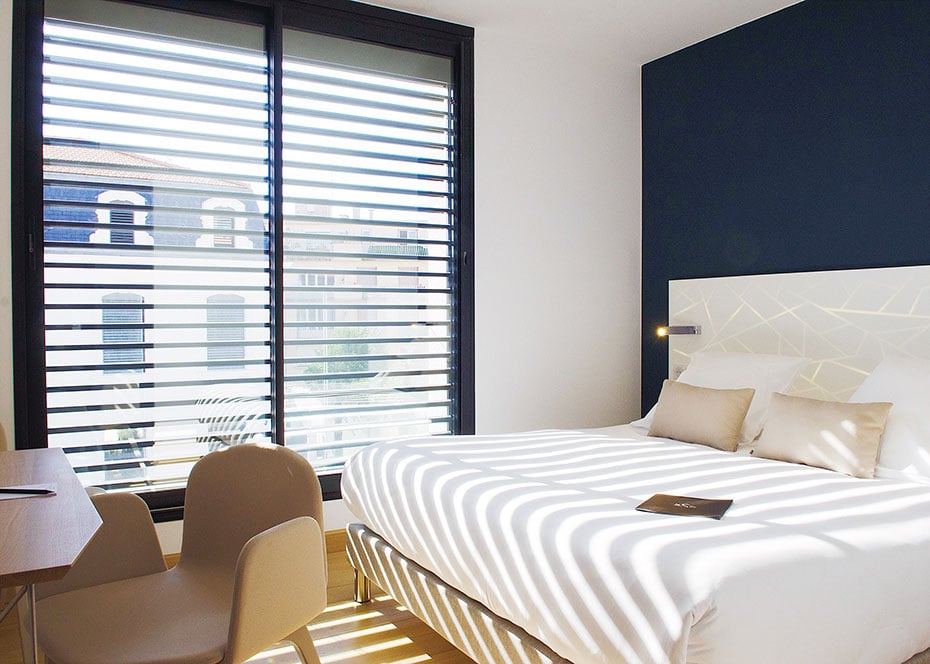
-
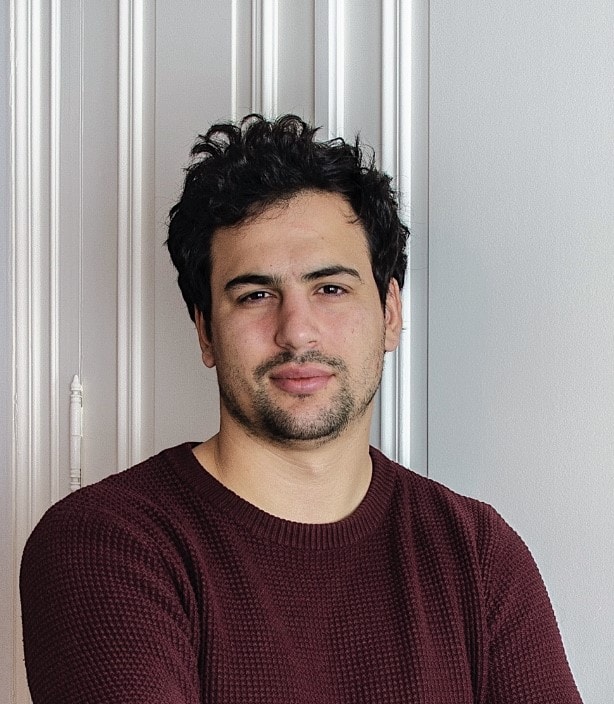
- Promotion 2012
- Training Interior Architecture
- currently works at Graphic element
- position Space Designer
- location Béziers
Thomas Fabresse, a former Space Design student at ESMA Montpellier, talks to us about his career since graduating!
Between different projects, the computer graphics designer took the time to tell us about the evolution of his career.
ESMA: How old are you and where are you from?
Thomas Fabresse: I’m 28 and I come from the south of France, from Béziers to be precise. I moved to Montpellier to study at ESMA in 2009, and then decided to move back to Béziers, where I came from, to develop and carry out projects that are close to my heart and that contribute to the growth of the Béziers economy.
ESMA: What did you do at ESMA?
T.F: I started with a year’s Foundation Course in Applied Arts and then went on to do a BTS in Space Design. I’m from the class of 2012.
ESMA: What did you do when you left school?
T.F: When I left school, I did a year at architecture school to specialise in computer graphics and construction.
At the start of the 2013 academic year, I set up the company Element Graphic with a classmate and friend, also from ESMA, Jean-Baptiste Lafon. At the time, the company only offered computer-generated images for architects, developers and private individuals. But one thing led to another and we were able to take on bigger and bigger projects, including interior design, decoration and furniture, and we were able to put our own stamp on them.
ESMA: What difficulties have you encountered?
T.F: What was complicated when we left school was getting into the world of work, with setting up a company and all the administrative formalities that entails.
Fortunately, we were always well looked after. Also, the work placements we did during our years of study enabled us to get our first jobs and sign our first contracts! It’s a really good feeling to see that the professionals who followed us during our studies have confidence in us and are entrusting us with large-scale projects straight from school.After 4 years working as a duo, Jean-Baptiste took a different path in tattooing, so we decided to go our separate ways. Today, I work alone for Elément Graphic. It’s a new rhythm to get into, new responsibilities to take on alone, but it’s also a new start for me, so it’s something that’s ultimately very energising and rewarding.
ESMA: Which projects are you most proud of?
T.F: With Elément Graphic I’ve been lucky enough to work on 2 major projects: the In Situ hotel and the Café Hôtel XIX.
In Situ:
It’s a resolutely contemporary hotel. I had the opportunity to design and create the hotel’s reception desk, which is its centrepiece. This piece of furniture required an enormous amount of thought and time. It took me several weeks to come up with the idea, then turn it into reality using Cinema 4D and Illustrator, and finally produce the technical file to send to the design factory in Le Chambon sur Lignon!
But that wasn’t the only piece of furniture I was lucky enough to design… In fact, with the complicity of the hotel owners, I designed all the bedroom furniture: backlit headboards, desks, bedside tables and suitcase rests, among other furniture that can be found throughout the hotel.
This hotel has a special vocation: to offer a showcase for contemporary artists. I’m lucky enough to be able to share my work as a designer with renowned artists such as Hervé Di Rosa, M I S T, Eric Liot, Jean Denant and Bernard Pras, all of whom have created works in harmony with the hotel.Le Café Hôtel XIX:
The same owners as In Situ wanted to continue working with Elément Graphic. Their choice was to take the opposite approach to the 1st hotel, both in terms of aesthetics and atmosphere. This second hotel is much fresher, sweeter and cosier, inspired by an upmarket tea room.
As with In Situ, I designed the reception desk, as well as the bar counter in the hotel café. The mix of white and brass brings out the retro feel of the place. Similarly, I designed all the furniture: headboards, bedside tables and desks, all of which fit in perfectly with the hotel’s powdery, cocooning feel.For these two projects, countless computer-generated images were used to test colours, fabrics, volumes and lighting. In particular, Sketchup was used to model and render the furniture. What’s more, it’s a software package that develops every year, so you can really have fun with it. Cinema 4D and Photoshop are also software that I use a lot in all my projects. ESMA gave me an essential grounding in these areas.
ESMA: Your future professional projects
T.F: My aim is to continue in interior design. However, my ambitions have grown and I’m in the process of developing a new company, Attrait, in association with the Creativo agency. Unlike Elément Graphic, which makes one-off furniture at the customer’s request, Attrait will aim to create mass-produced furniture. I’ve already started making prototypes of coffee tables, coat hooks, pocket trays and small pieces of furniture, mainly in metal.
ESMA: What did the school give you?
T.F: From high school to ESMA, it’s been a big step! There’s nothing like it in terms of work. ESMA gave me a broad artistic culture and a lot of references that I use every day.
The school also gave me a new work rhythm. Consistent, of course, but it helped prepare me for the professional world and the workload that can mean working many hours in a row and even pulling all-nighters.
ESMA: Do you have a message for the students?
T.F: Take an interest in the business world.
Dare to do projects that are out of the ordinary but that are still realistic, particularly in terms of price. Dare to move around, go to a site, ask questions, be curious. But it also means keeping an open mind, broadening your vision and culture so that you can respond as effectively as possible to a request.
Don’t hesitate to follow Thomas Fabresse’s various projects on the Elément Graphic Facebook page and on the Elément Graphic Instagram account.
Photo credits: Guilhem Chabbert / Creativo
